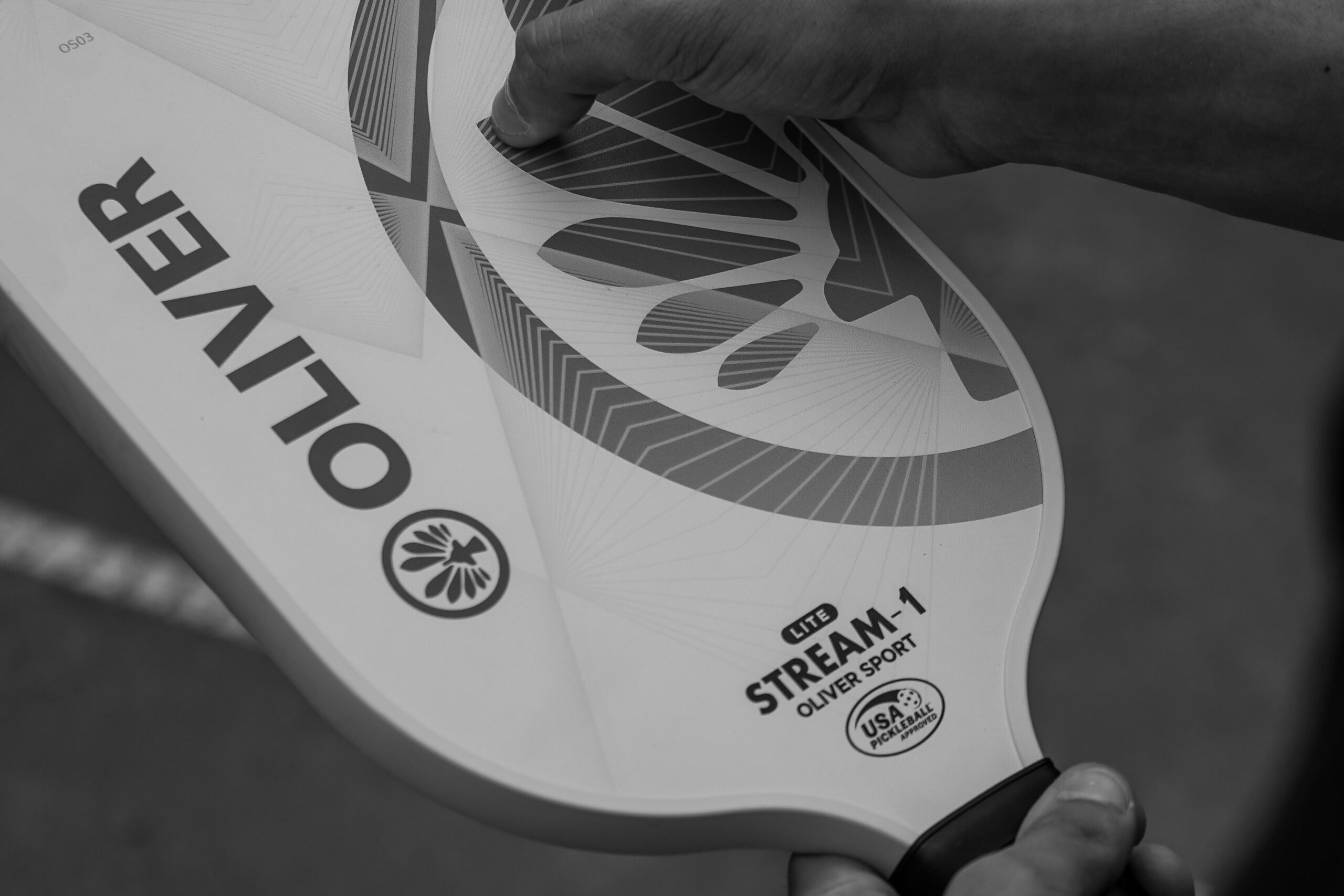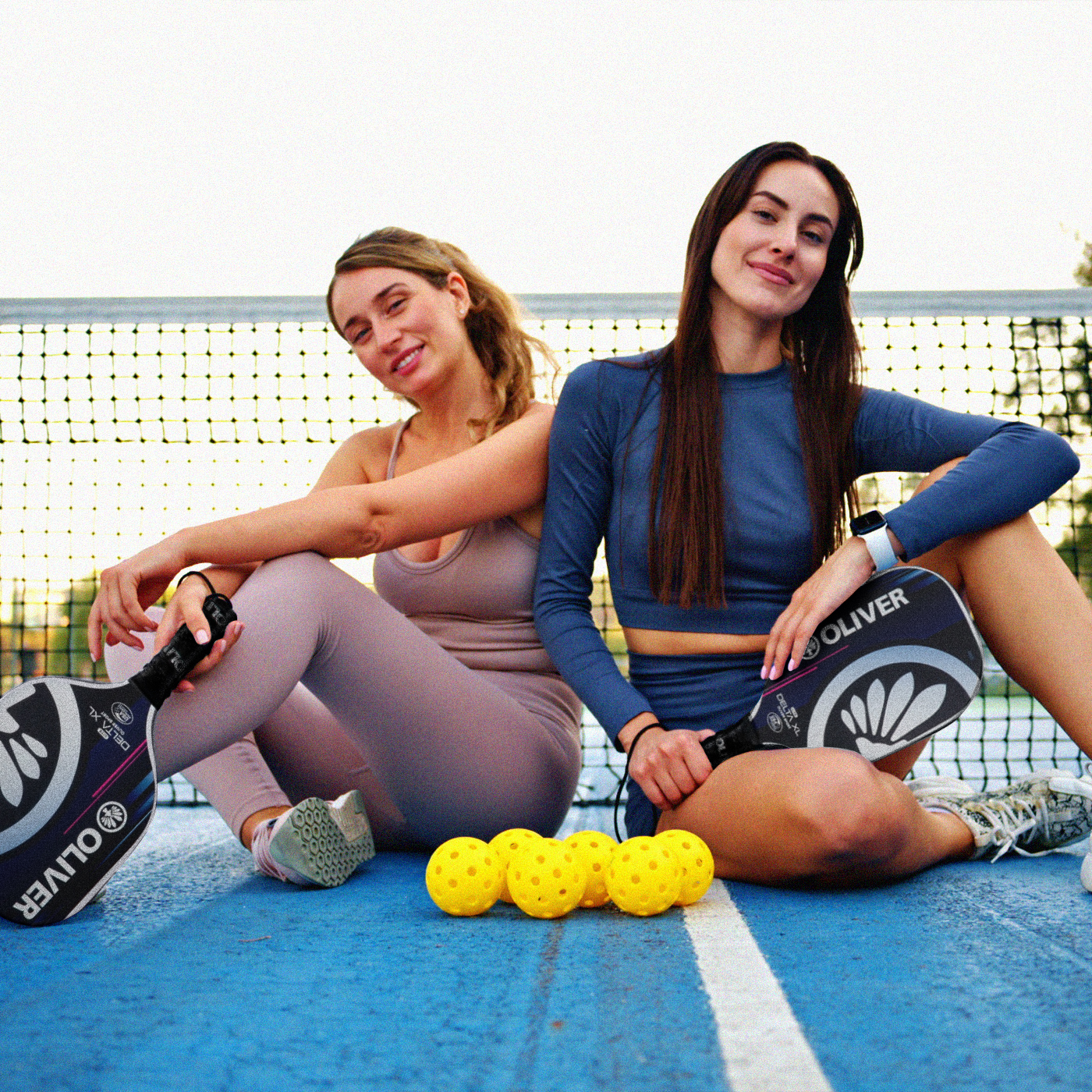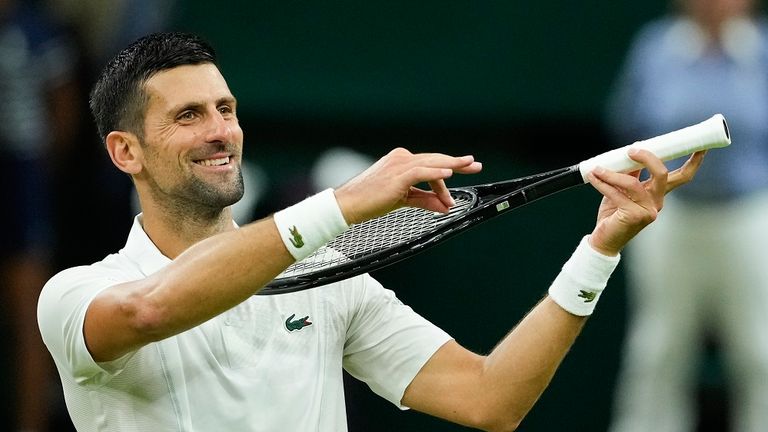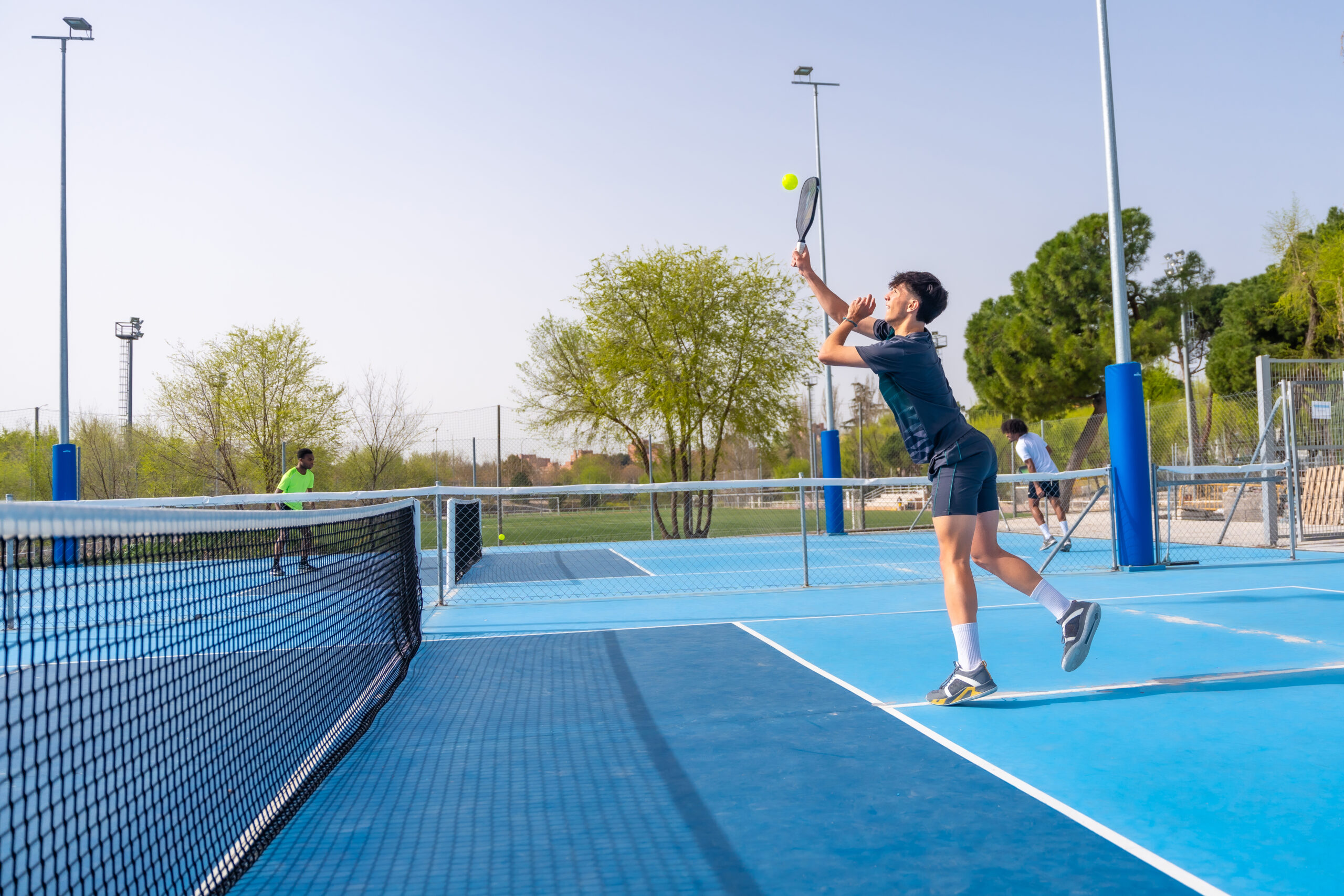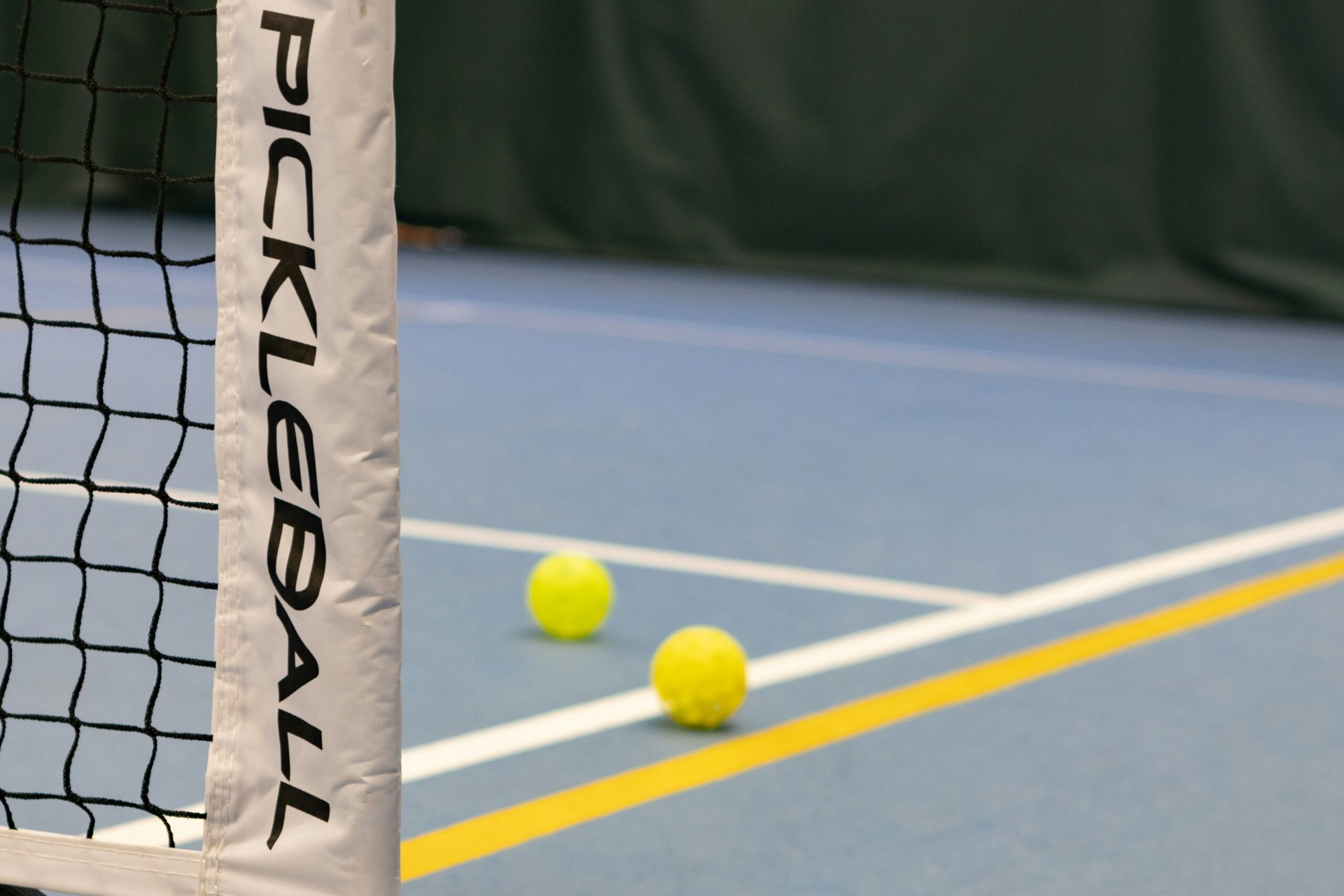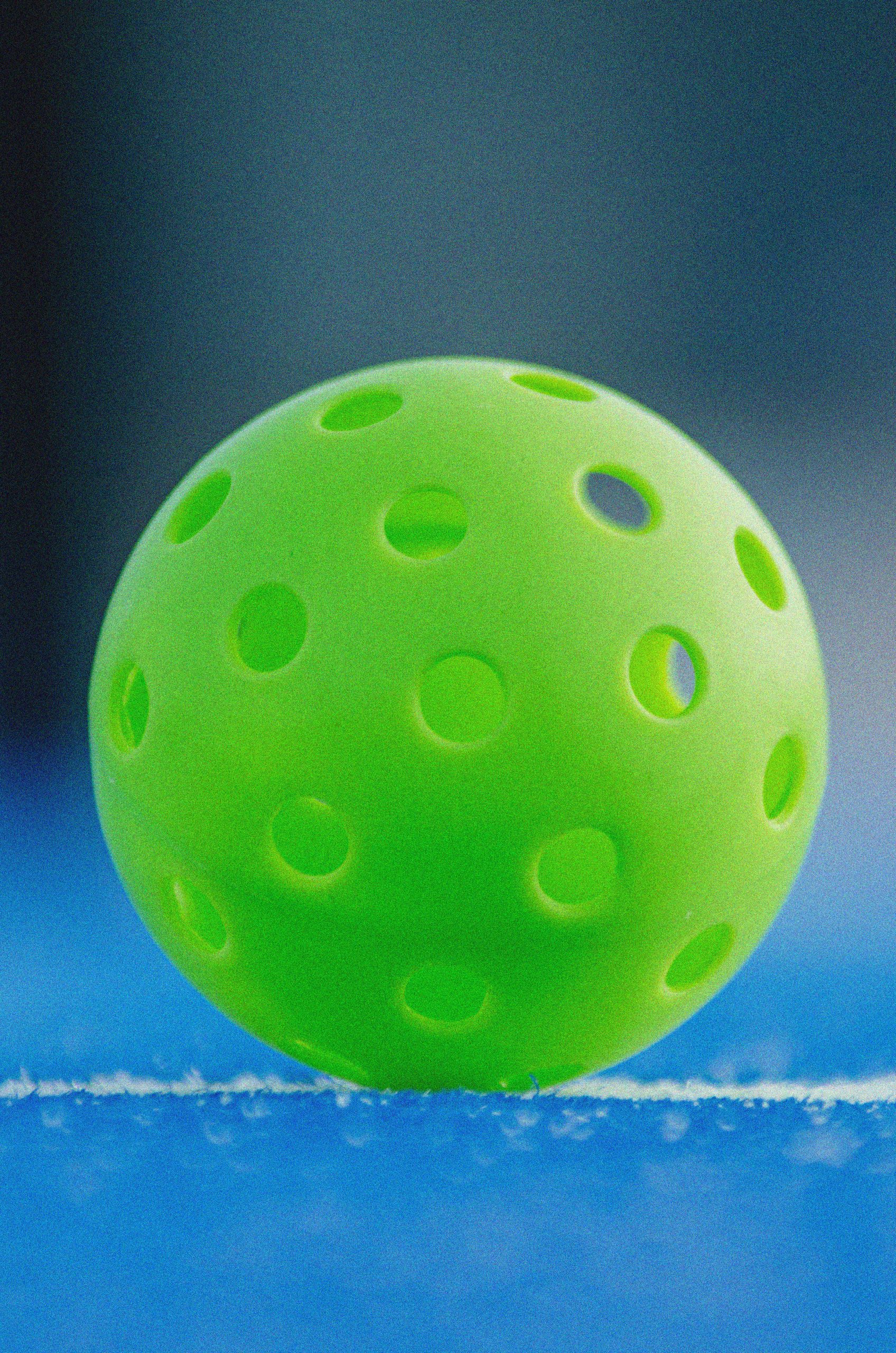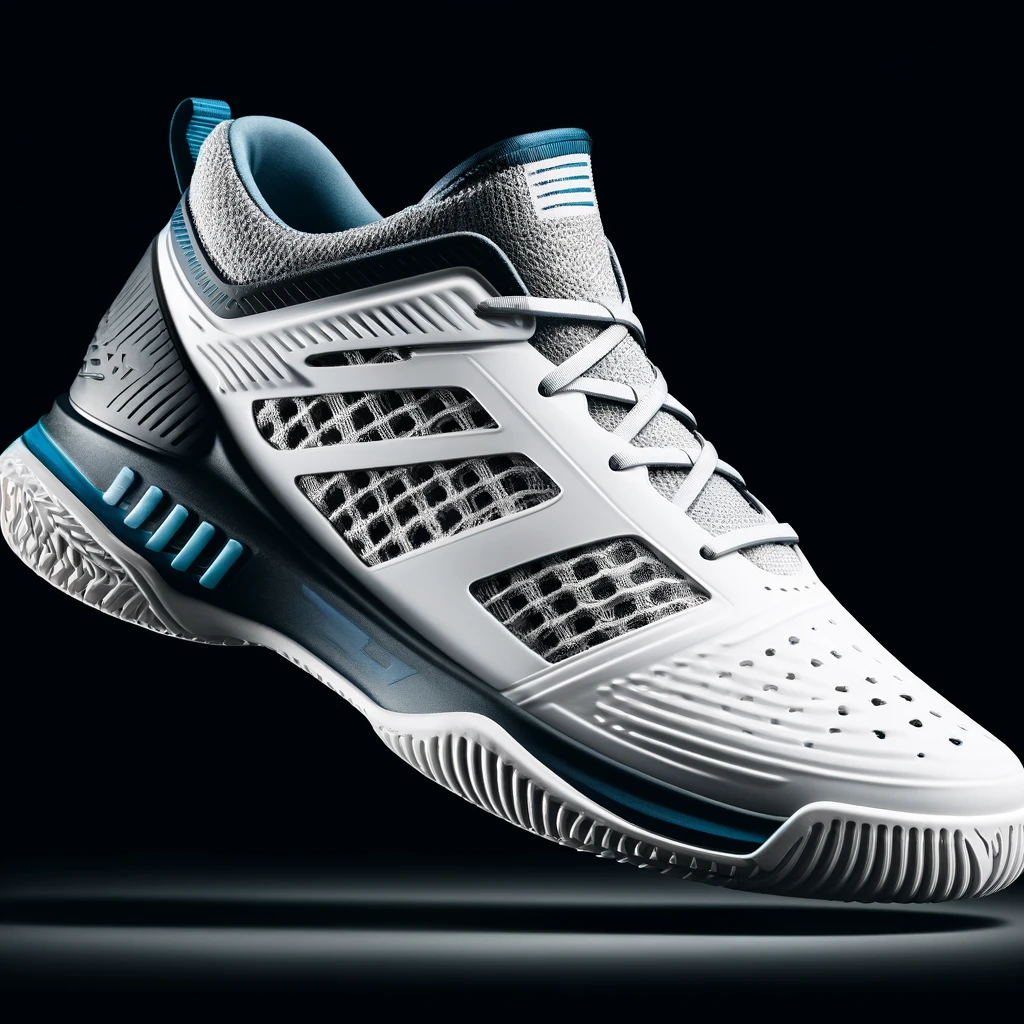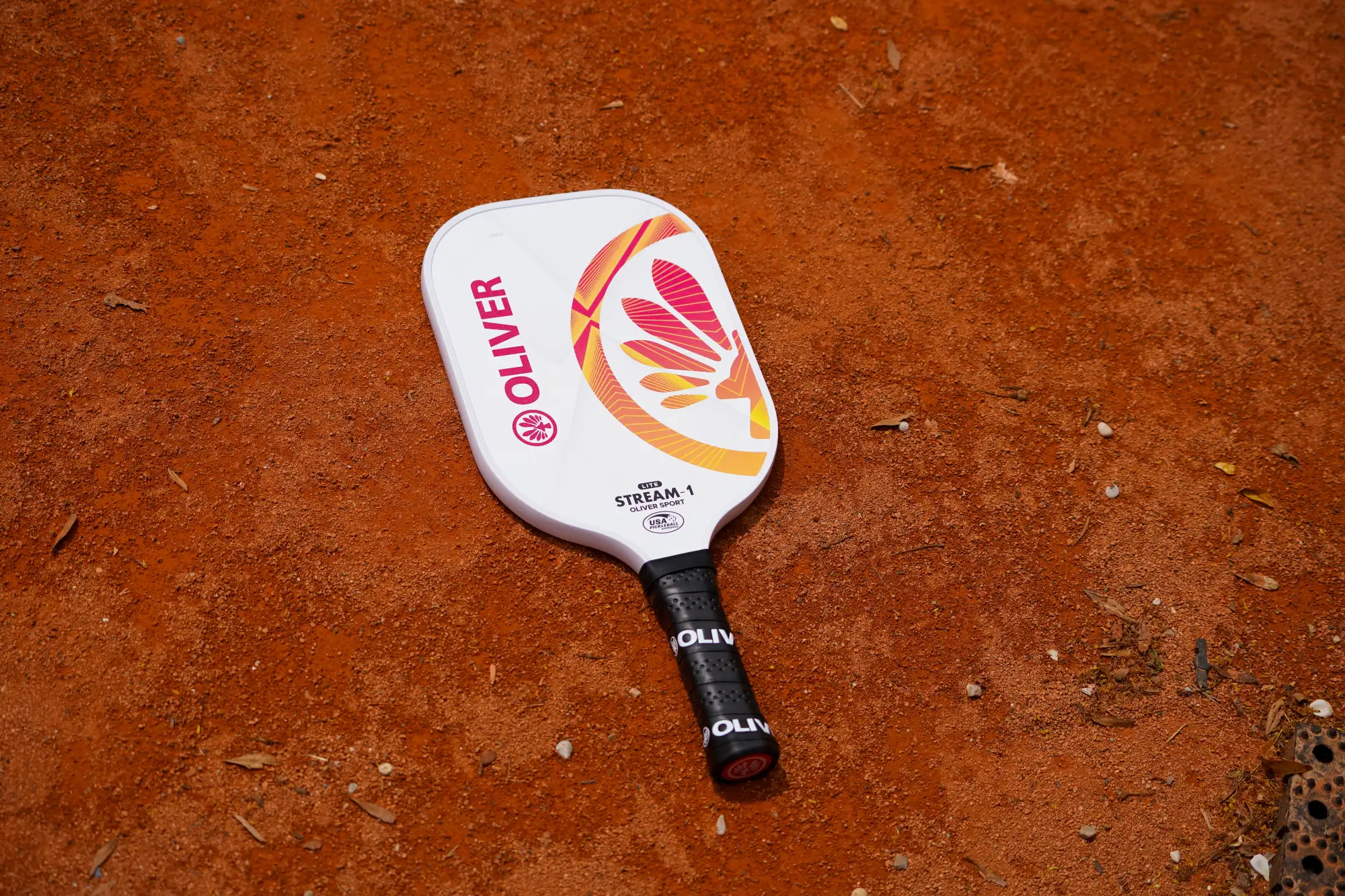
When it comes to pickleball, the choice between indoor and outdoor balls can greatly impact your game. At Oliver-Sport, we want to help you understand the key differences between these two types of pickleballs so you can make an informed decision and enhance your playing experience. Key Differences Material Composition One of the primary distinctions between indoor and outdoor pickleballs lies in the materials used. Indoor pickleballs are made from a softer plastic, which is ideal for the smooth surfaces found indoors. On the other hand, outdoor pickleballs are crafted from a tougher, more resilient plastic designed to endure the wear and tear of rougher surfaces like concrete or asphalt. Size and Weight Both indoor and outdoor pickleballs share the same diameter of approximately 2.9 inches. However, outdoor pickleballs are generally a bit heavier, weighing around 0.9 ounces, compared to the 0.8 ounces of indoor balls. This additional weight helps outdoor balls maintain their performance on harder surfaces. Hole Patterns The hole patterns in pickleballs are designed to optimize performance based on their environment. Indoor pickleballs feature 26 larger holes, which are suited for play indoors where wind is not a factor. In contrast, outdoor pickleballs have 40 smaller holes to reduce the impact of wind and ensure a more stable flight path during outdoor play. Color Variations Visibility is another factor influenced by color. Indoor pickleballs are commonly bright yellow, making them easy to spot in well-lit indoor settings. Outdoor pickleballs come in various colors such as yellow, green, and orange, which enhance visibility in different outdoor lighting conditions. Performance Characteristics Due to their material and design differences, indoor and outdoor pickleballs offer varied performance attributes. Indoor balls typically have a lower bounce and slower speed, making them easier to control and ideal for smaller, enclosed spaces. They may become softer and less responsive with extensive use. In contrast, outdoor pickleballs are designed for a higher bounce and faster speed. Their durability and wind-resistant design make them suitable for larger outdoor courts and more competitive play. While they are less likely to become soft, they can crack or lose their shape, especially in colder weather, so it’s advisable to carry a spare. Choosing the Right Pickleball When selecting pickleballs, consider where you’ll be playing most frequently. Indoor games benefit from the softer, slower indoor balls, whereas outdoor play requires the more durable, wind-resistant outdoor balls. Keeping both types available ensures you’re prepared for any playing conditions, whether you’re indoors or outside. At Oliver-Sport, we offer a wide selection of pickleballs for both indoor and outdoor use. Browse our collection to find the perfect pickleball for your needs and enjoy the game to the fullest, no matter where you play.

